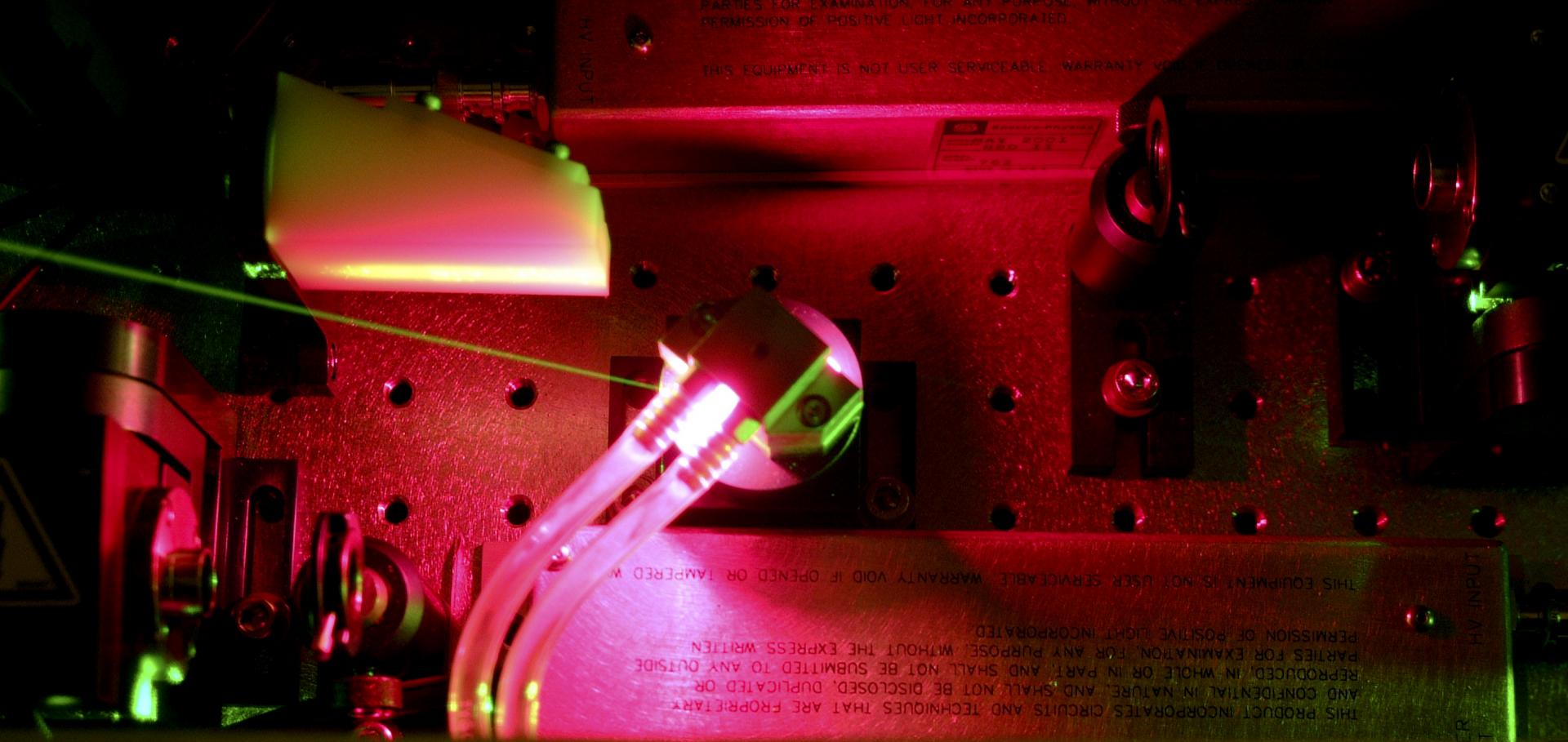Measurement of the decay of laser-driven linear plasma wakefields
(2023)
Linear colliders based on laser-plasma accelerators
Journal of Instrumentation IOP Publishing 18:6 (2023) T06001
Abstract:
Laser-plasma accelerators are capable of sustaining accelerating fields of 10-100 GeV/m, 100-1000 times that of conventional technology and the highest fields produced by any of the widely researched advanced accelerator concepts. Laser-plasma accelerators also intrinsically accelerate short particle bunches, several orders of magnitude shorter than that of conventional technology, which leads to reductions in beamstrahlung and, hence, savings in the overall power consumption to reach a desired luminosity. These properties make laser-plasma accelerators a promising accelerator technology for a more compact, less expensive high-energy linear collider providing multi-TeV polarized leptons. In this submission to the Snowmass 2021 Accelerator Frontier, we discuss the motivation for a laser-plasma-accelerator-based linear collider, the status of the field, and potential linear collider concepts up to 15 TeV. We outline the research and development path toward a collider based on laser-plasma accelerator technology, and highlight near-term and mid-term applications of this technology on the collider development path. The required experimental facilities to carry out this research are described. We conclude with community recommendations developed during Snowmass.Demonstration of tunability of HOFI waveguides via start-to-end simulations
(2023)
Stability of the Modulator in a Plasma-Modulated Plasma Accelerator
(2023)
Modulational instability in large-amplitude linear laser wakefields
(2023)


